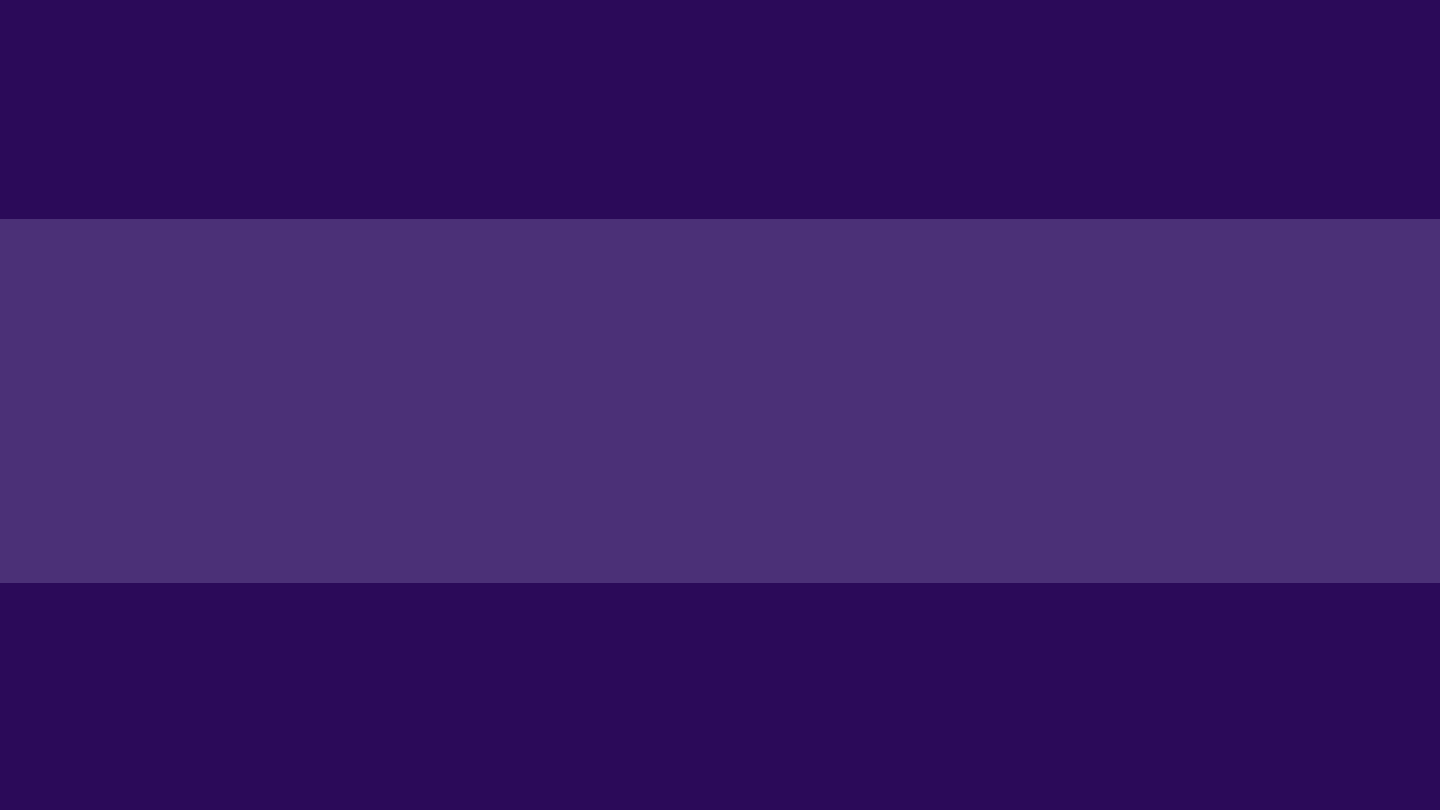How To Make International Hiring More Inclusive: 9 Best Practices

Fielding a diverse team of talented individuals from different backgrounds positions companies for greater innovation and problem-solving and leads to better results. Getting there starts with implementing inclusive hiring practices, which is more than simply hitting a quota. It’s about finding potential employees who will enrich your team, provide new information about your customer base, and challenge preconceived notions that stunt your brand’s growth. Changes in workplace culture will ultimately build trust for your current, and future, employees and lead to less employee turnover.
This is especially true for companies that hire internationally, which adds a richer layer of diversity. We’ll show you how to make hiring more inclusive so your international team can reach its full potential.
Two types of diversity
“Diversity” generally refers to identities in one of two categories:
- Inherent diversity, which are immutable characteristics that a person can’t change, such as their race, age or gender.
- Acquired diversity, the qualities and characteristics that can develop over time like education, experience, knowledge, skills and values.
Identifying the best candidates for your organization should be your primary goal, so merit should be the most important consideration. But, instead of thinking of merit as separate from identity, consider how someone’s background can precipitate unique skills.
If a qualified candidate’s age, gender, race or class provides your brand with a window into an unfamiliar client base, consumer need or cultural barrier, their inherent or acquired diversity could be an inherent boon to their qualifications.
Benefits of inclusive hiring for an international workforce
A diverse workplace can enrich your brand in a variety of ways:
- Hiring from a specific area gives your brand access to a wealth of information about the local culture, language and market trends, improving business competitiveness.
- Diverse perspectives can challenge cultural preconceptions, leading to innovation and inspiring new ideas.
- Cultural sensitivity and awareness can improve your brand’s optics in targeted marketing and sales efforts.
- Cultivating a safe workplace for marginalized people can expand your available talent pool and help attract and retain diverse talent.
- It’s what candidates want: “More than four in five (86%) candidates globally say diversity, equity and inclusion in the workplace is important to them. Additional research found that 62% of people would go as far as turning down a job offer if it came from a culture that didn’t support a diverse workforce.”
The above benefits could materialize in your operations in countless different iterations, but consider some of the following hypothetical results of inclusive hiring:
- If you’re seeking a qualified candidate for an advertising position, and you’re trying to attract clients in a new or unfamiliar region, a local from your new market could provide a firsthand perspective on ad techniques that resonate in the area.
- When developing new industrial automation technologies, potential candidates with more hands-on experience than formal education could help designers innovate more useful, effective tools.
- A multilingual employee could advance your brand’s visibility in a wider user group.
Tips for a more inclusive hiring process for global companies
To reap the benefits of inclusive hiring, businesses must reorganize processes to ensure that all applicants have an equal opportunity regardless of their background. Here are some tips to help you cultivate a truly inclusive hiring procedure.
1. Define inclusion’s role in your business
What does a diverse staff look like to you? Consider the identities that could be valuable to worker morale, research and development, productivity and team building, such as:
- Gender
- Sexual orientation
- Language fluency
- Migrant or refugee status
- Economic class
- Education level
- Age
- Physical ability
- Neurodivergence
- Industry experience
- Military service
- Religious background
As you consider how these factors could positively influence your employer brand, also think about what you want to gain from creating a more inclusive workplace—what progress is at stake if you maintain a homogeneous staff?
Exploring the nuances of identities and setting actionable goals for growth can help define and guide your pursuit of diverse hires.
2. Optimize your job descriptions
Review your business’s most recent job postings to identify ways the posting itself may discourage minority applicants from reaching out. Then consider some of the following ramifications of a non-inclusive employment ad:
- Posting the ad in only one language can prevent non-fluent prospects from applying, even if their duties don’t require fluency.
- Using boilerplate hiring copy stipulating that employees must be able to lift a certain weight—even if you’re hiring for a desk-based position—could deter candidates with physical disabilities.
- Advertising paid time off for Christian holidays only could alienate applicants ascribing to other faiths.
When creating a job description, use language and terminology that is neutral and applicable to all candidates—advertise the role more emphatically than the requirements.
3. Consider where you advertise the role
If you’re looking to recruit a diverse group of people, then you need to meet them where they are. Post your ad to various places to increase your chance of reaching a wider audience. In addition to your company’s website and international job posting aggregators, consider posting ads in:
- Newspapers
- Digital news outlets
- Public radio
- Local online marketplace jobs pages
- Regional career and job training centers
- Flyers with pull-tabs, which you can hang in community bulletin boards, public transit stations or local Chambers of commerce
4. Make your website accessible to all
Your website—especially the careers page—should be positioned to speak to all candidates. Review the following elements of your website to optimize accessibility and attract new applicants:
- Photos. Do photos load quickly? Are captions and image overlays readable? Make sure that your photos communicate your workplace culture and your brand’s tone. Consider photographing more diverse employee models.
- Language. When hiring internationally, it helps if your website is in multiple languages. Whether you’re seeking applicants in a language-diverse region or offering the position to candidates worldwide, it’s a good idea if your website is available in at least two applicable languages.
- Fonts. Ensure that your website’s fonts are readable. Readability is about more than font size; consider your kerning, colors, line spacing and formal elements like sentence and paragraph length.
5. Build an equal employment opportunity (EEO) statement
An equal employment opportunity (EEO) statement demonstrates to your workforce and candidate pool that your brand will offer equitable hiring for all.
Your policy should detail:
- Your formal commitment not to discriminate against current or prospective employees for any reason
- How your leadership ensures equity during the hiring process
- Formal complaint procedures and accountability protocols
It’s important to make your statement available for potential applicants to review by adding a link in your job postings and highlight it on your company’s website.
6. Use a standardized job interview process
To ensure that biases do not slip into the interview process, create a standardized script, limiting it to questions that are relevant to the job. In your script, make sure to avoid any questions that could pressure interviewees to reveal personal information. Eliminate questions concerning:
- Relationship status
- Parenting or plans to have children
- Age
- Racial or ethnic background
- Physical disabilities or chronic conditions
If the applicant can complete their role without disclosing a piece of information, don’t ask about that detail during the hiring process. Your applicant will volunteer the information they wish to share.
7. Create a candidate referral program
If you’re seeking out a specific group of candidates, consider asking existing employees that are already a part of the demographic to share that information within their network.
But remember that it’s not your employees’ job to recruit a diverse applicant pool—it’s your responsibility to convey that your workplace is welcoming, safe and encouraging for all.
Before offering a candidate referral program, ask a current employee in your target hiring demographic if (and how) your workplace needs to evolve to welcome that applicant type. Focus on making those changes before you post an ad or create an incentive.
8. Blind candidate screening
If you already have a strong range of candidates but want to ensure that you eliminate as much bias as possible, consider the following tactics:
- Blind resumes. Have an employee uninvolved in the hiring process remove any identifying information from applicants’ resumes.
- Blind interviews. Although you won’t be able to interview candidates without exposing at least some visual or auditory details, consider conducting a phone, written or video chat interview to eliminate potential implicit biases.
- AI screening. Consider using AI technologies to filter through your resumes and create a ranking of candidates based upon qualifications before you begin interviewing.
9. Embrace remote work
Remote work expands opportunities to a wider talent pool because employees prefer the ability to work in any way. If you’re hiring for a desk position, consider whether your employee needs to be physically present at a facility to complete their duties. If not, consider offering the job as a remote opportunity.
Additionally, remote positions are more accessible for people who have difficulties commuting due to:
- Lack of consistent transportation
- Physical disabilities
- Rural residency
- Childcare issues
Supporting remote work—and encouraging remote applicants—is a sure-fire way to widen the diversity of your applicants.
Expanding diversity with international hiring
While exploring how to make hiring more inclusive and researching how to manage remote workforce, it’s crucial to create practices that eschew biases for or against any individual.
For companies with international employees, it’s likely you already care deeply about creating a diverse and inclusive workforce. After all, you’ve already sought out workers in multiple countries and amid a variety of cultures. But what if you want to improve diversity further by hiring workers in countries where you don’t already have a business entity? An employer of record provider like Safeguard Global, which hires workers internationally on your behalf, makes it possible.
Learn more about partnering with an employer of record to enable hiring from around the world by speaking with a global solutions advisor today.


Contact Us
Book a demo today
We’d love to learn more about your needs and show you how we can help. Submit the form and we’ll be in touch to schedule a personalized demonstration of our platform and services.
Schedule an appointment
Fill out the form to speak to a rep about how we can help your organization.








